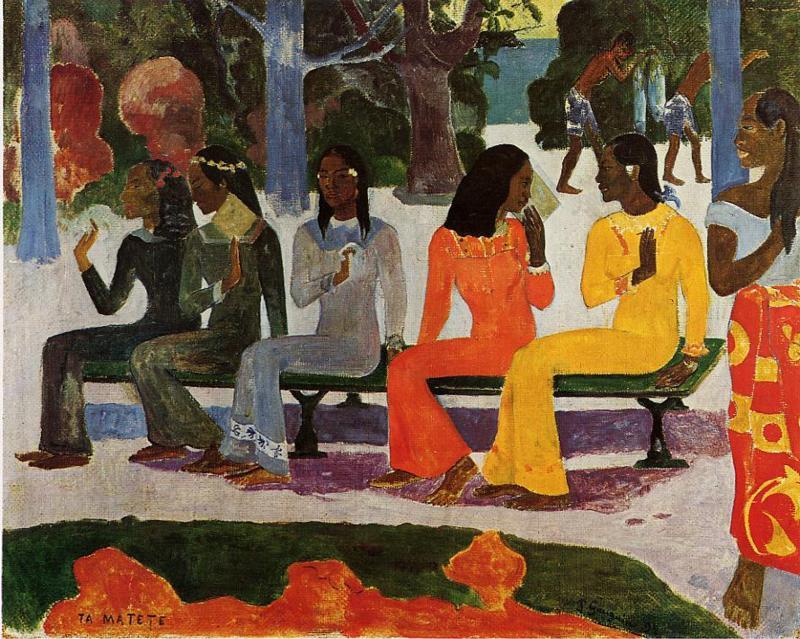Market Day is an oil painting by Paul Gauguin, a Postimpressionist artist, created in 1892. The piece features two Tahitian women carrying baskets on their heads as they walk away from a market. Gauguin, known for his symbolic style, is regarded as a leading painter of the Postimpressionist period. He is known to have broken away from Impressionism’s focus on daily life to pioneer new painting styles.
“Market Day” is part of Gauguin’s first Tahiti period and is exhibited at the Kunstmuseum in Switzerland. Today, the painting is available for purchase as wall art, home décor, apparel, and more. The artwork showcases Gauguin’s unique style of using colors to express emotions and ideas. By avoiding realism, Gauguin aimed to create a unique sensation in his viewers’ minds, a technique often associated with Symbolism.
Overall, “Market Day” is one of Gauguin’s most iconic works, showcasing his innovative style in the art world. The painting’s themes of Tahitian life, color symbolism, and individualism continue to inspire art lovers and scholars alike.



















